Environmental assessment
Assess the environmental impact of the organization’s activities and evaluate solutions to limit it.

Here’s a brief description of the different skills we can offer you for the assessment stage of your company’s digital project. The time commitment is a few weeks/months. Don’t hesitate to contact us to discuss your needs in more detail.
Assessing an organization's environmental footprint

Complete carbon footprint
The Bilan Carbone® is a structured methodology for calculating an organization’s greenhouse gas (GHG) emissions.
It is used to calculate the emissions generated by a company’s activities, and to identify ways of reducing these emissions.
To find out more, the buttons below will take you to detailed articles.

Greenhouse gas emissions balance (BEGES)
The BEGES is a regulatory assessment of greenhouse gas emissions. It is compulsory for private companies with over 500 employees, local authorities with over 50,000 inhabitants, public establishments with over 250 employees, and government departments.
The BEGES is an assessment of the quantity of greenhouse gases emitted (or captured) by an organization into the atmosphere over one year. The main difference between the Bilan Carbone and the Bilan GES lies in the definition of the emissions accounting perimeter.
Assess the environmental footprint of a product or service
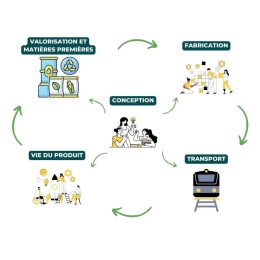
Eco-design training
« Eco-design is a methodical approach that takes into account the environmental aspects of the design and development process, with the aim of reducing negative environmental impacts throughout a product’s life cycle ».
(ISO14006 v2020 standard, source Pole Éco-conception).
We can train your teams in eco-design. This will enable you to understand the economic stakes and environmental benefits involved in eco-design.

Life Cycle Assessment (LCA)
LCA is an ISO (14040 to 14044) standardized decision-support tool that compiles and evaluates the inputs, outputs and potential environmental impacts of a system over its life cycle.
Its results are used for :
-eco-design (to compare two technical options or two products and avoid transferring impacts)
-environmental labelling (eco-labelling of products, such as PEP ecopassport®)
-orientation of strategic choices (identification of hot spots, risks and dependencies on a given material).

Sobr-IoT Score
This tool, developed by Mavana , enables the modeling of a simplified Life Cycle Assessment or LCA screening based on our methodology adapted to connected objects (IoT).
The Sobr-IoT score assesses 3 indicators: Global warming potential (carbon footprint) expressed in kg of CO2 eq, depletion of metallic and mineral resources, net water use expressed inm3.
The benefits of using our tool: fast carbon footprint (within a day), action plans to reduce the object’s carbon footprint, etc.
Assessing a project's environmental footprint
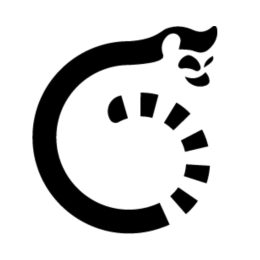
Carbon bounty
This tool enables organizations to map their activities intuitively and receive recommendations for connected, eco-responsible solutions relevant to their situation.
Carbon Bounty® is a decision-support software for project managers who wish to take into account the triple financial, environmental and societal dimensions of their projects.
Carbon Bounty® is a product developed by Mavana, an independent player, with a team of experts in the Internet of Things and ecological transition.
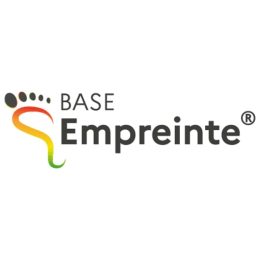
Project footprint
Empreinte projet is a step by step approach developped by ADEME (Agence de la Transition Ecologique) to assess the environmental footprint of projects. It’s based on consequential life cycle assessment (LCA) philosophy and incorporates the QuantiGES method developed in 2016. The method offers five levels of analysis, from qualitative to more complex, requiring specific environmental assessment skills or LCA expertise for the higher levels. It provides a framework for project proponents, particularly those responding to ADEME’s Calls for Projects, to evaluate their environmental impact. The meoto
Evaluating the Quality of Life within your company
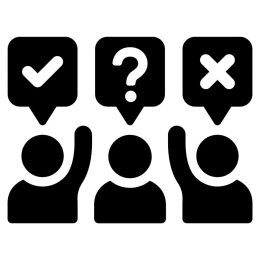
Technique and tool for collecting technique and tool
The cornerstone of any project begins with requirements gathering, which is what will enable us to identify the root problem of any transition project. Gathering information is the prerequisite for any business analysis. To recommend and implement solutions, you first need reliable, quality information.
We draw a great deal of inspiration from Agile methods for gathering information and requirements. This enables us to better understand the context of use, and to more accurately pinpoint the expectations of those who will be most impacted by the changes to come.
Mavana has selected tools that encourage synchronous and asynchronous exchange, allowing the collective intelligence to express itself in order to reach the consensus that will unite the stakeholders around the project.
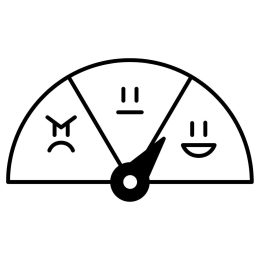
Meaning at work: how to measure employee satisfaction ?
At a time when organizations are experiencing the » great desistment » (high turnover and resignation rates) and the arrival of Generation Z (who want more freedom and to transform traditional modes of governance), the question of meaning at work is becoming central. Organizations can no longer ignore it.
We can help you measure employee satisfaction, so that you can take concrete action at all levels.
Management can be trained in CSR issues, which have become a key point of attraction and commitment. Management can be sensitized to new, balanced modes of governance in which valuing the work of teams remains central. Employees can be helped to rediscover meaning, quality social relations and an essential sense of usefulness.
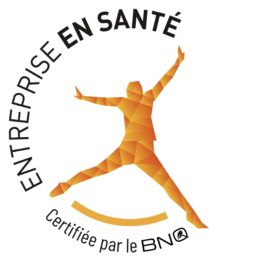
Healthy business
After 12 years’ experience in publishing and environmental education, Julie Parpaillon is a certified »Quality of Life and Working Conditions Assessment Consultant » (according to BNQ Standard 9700-800 « Healthy Enterprise »).
To implement an action plan that meets the needs and concerns of companies, the standard calls for the collection of data on different spheres of activity. The information thus gathered makes it possible to establish and prioritize needs, and then target the interventions and practices to be put in place. Mavana adapts this recognized methodology to the digital environment.

